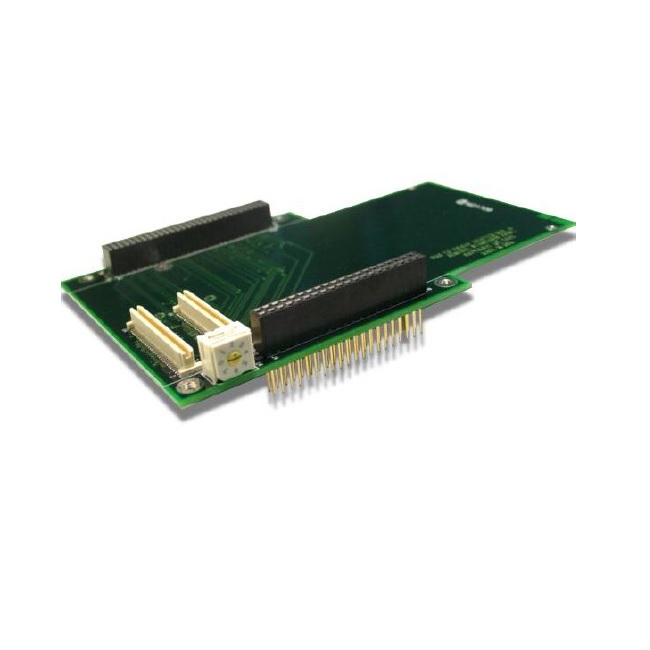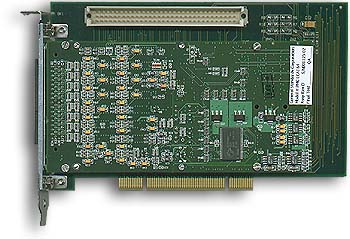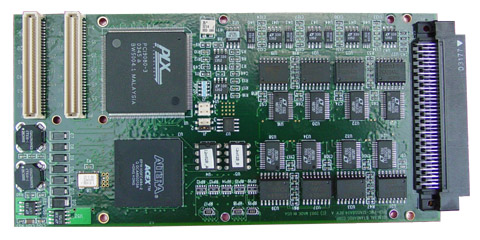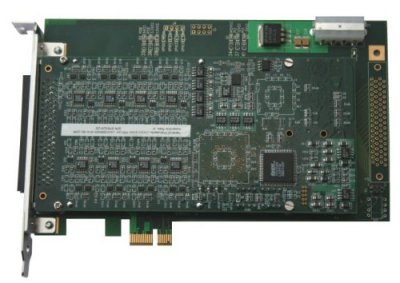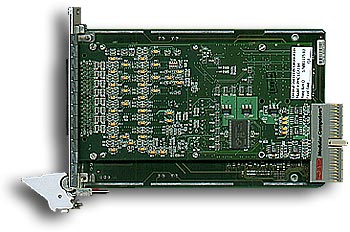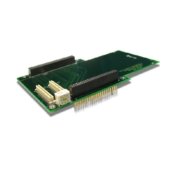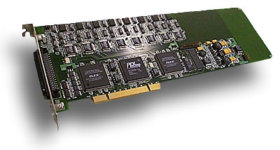The 16-Bit PC104P66-16AISS8AO4 analog I/O module samples and digitizes eight input channels simultaneously at rates up to 2.0 million samples per second for each channel. The resulting 16-bit sampled data is available to the PC104+ bus through a 256K-Sample FIFO buffer. Sampling can be controlled in groups of 1 through 8 channels, and the sample clock can be generated either from an internal rate generator, or through software, or by external hardware. Both burst and continuous sampling modes are supported. Input ranges are software-selectable as ±10V, ±5V, or ±2.5V. The inputs can be divided into two channel groups, with independent range assignments for both groups.
Four analog output channels provide software-selected output ranges of ±2.5V, ±5V or ±10V, and are accessed either directly through dedicated control registers, or output data can be routed through a 256K-Sample FIFO buffer for waveform generation. A 16-Bit bidirectional digital port can be configured as two independent byte-wide ports.
On-demand autocalibration determines and applies offset and gain correction values for all input and output channels. A selftest input switching network routes output channels or calibration reference signals to the analog inputs, and permits board integrity to be verified by the host.

